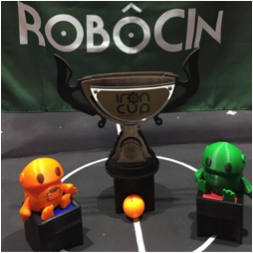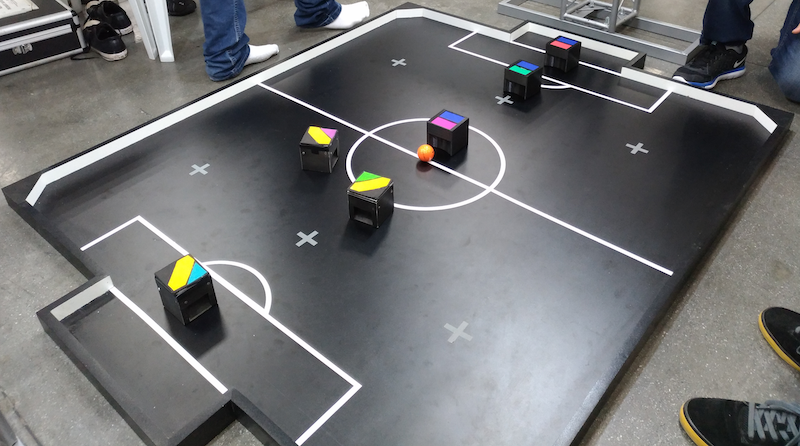
Ph.D. in Computer Science and Assistant Professor at Universidade Federal de Pernambuco
contact: hfb@cin.ufpe.br

Ph.D. in Computer Science and Assistant Professor at Universidade Federal de Pernambuco
Machine Learning | Robotics | Computer Vision | Natural Language | Cognitive Science
Postgraduate Courses:
Undergraduate Courses:
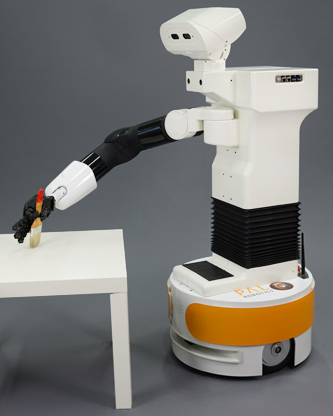
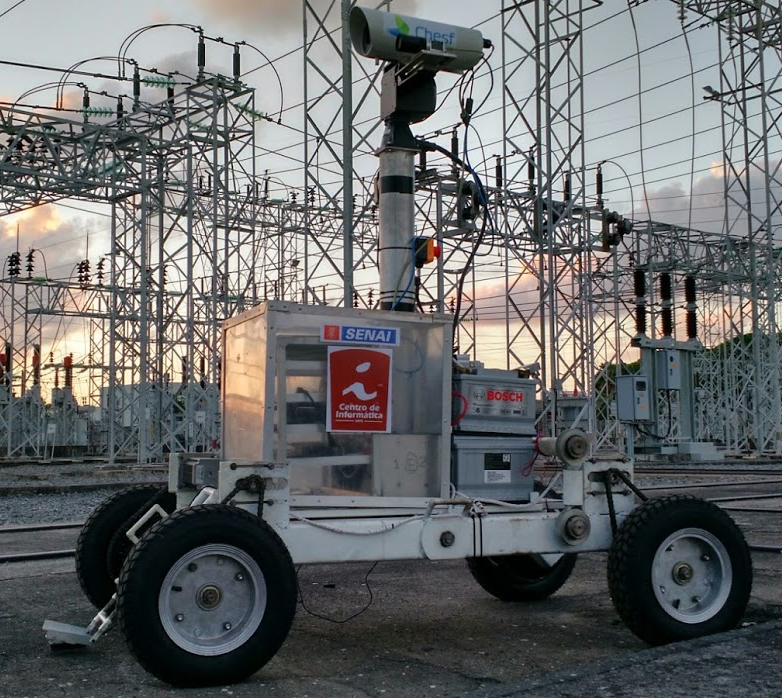
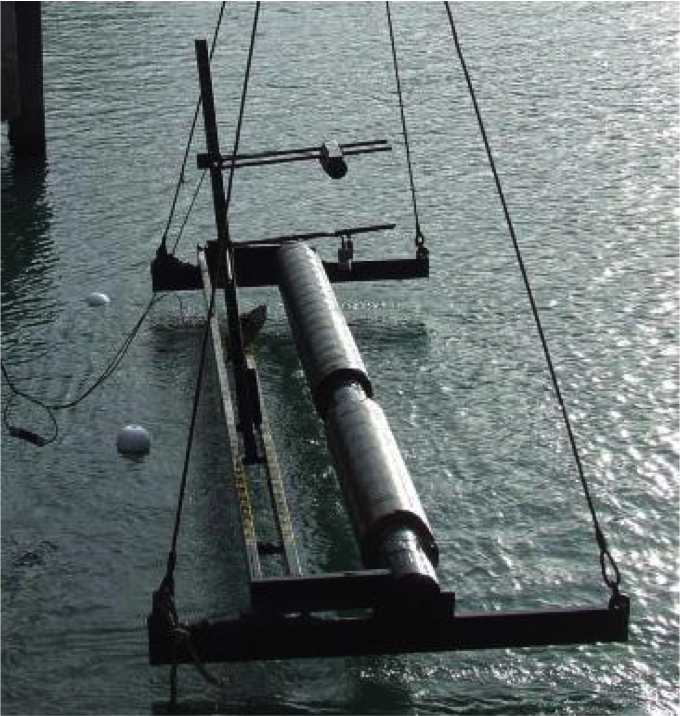
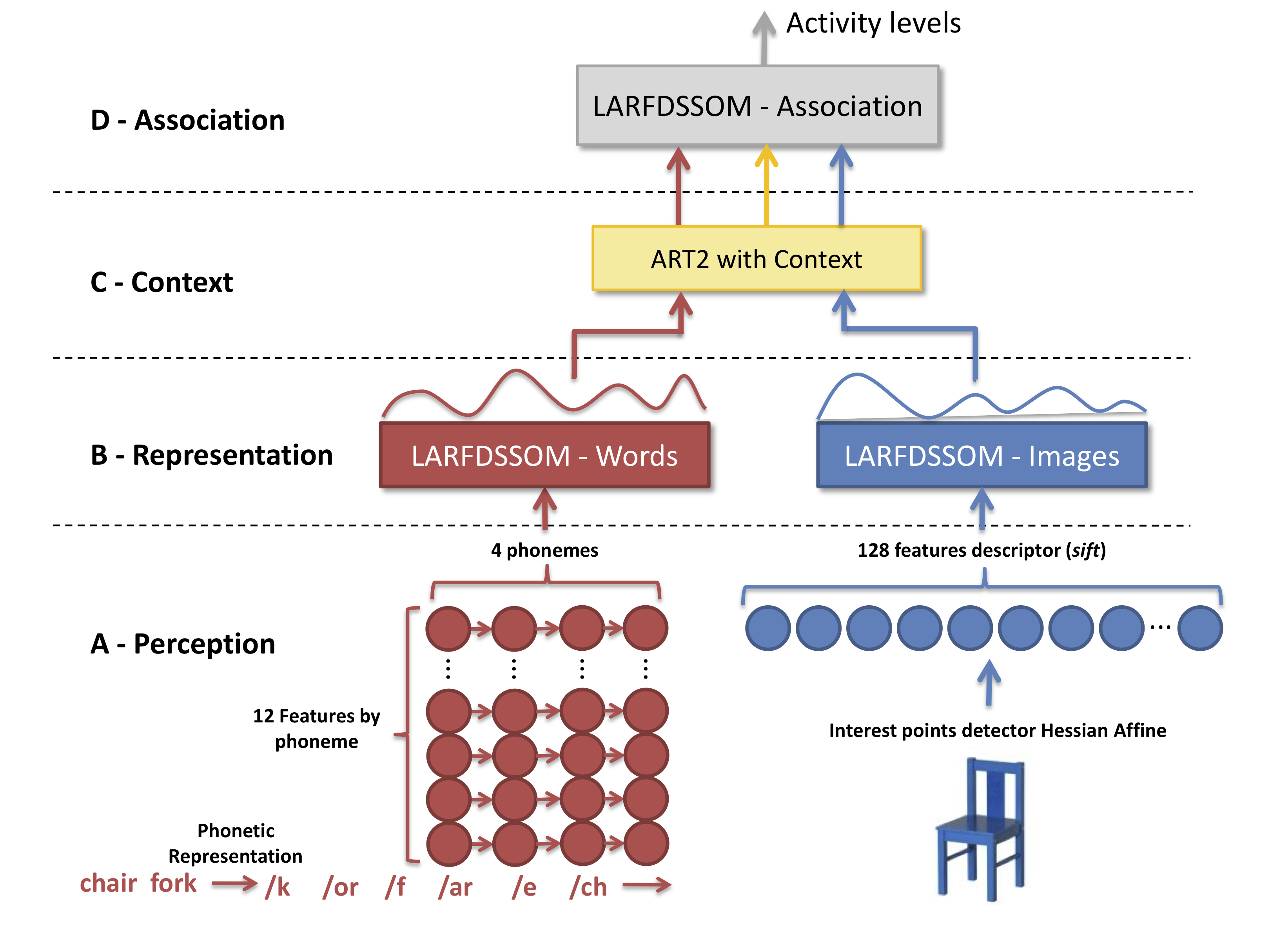
Hansenclever Bassani, Aluizio Araujo
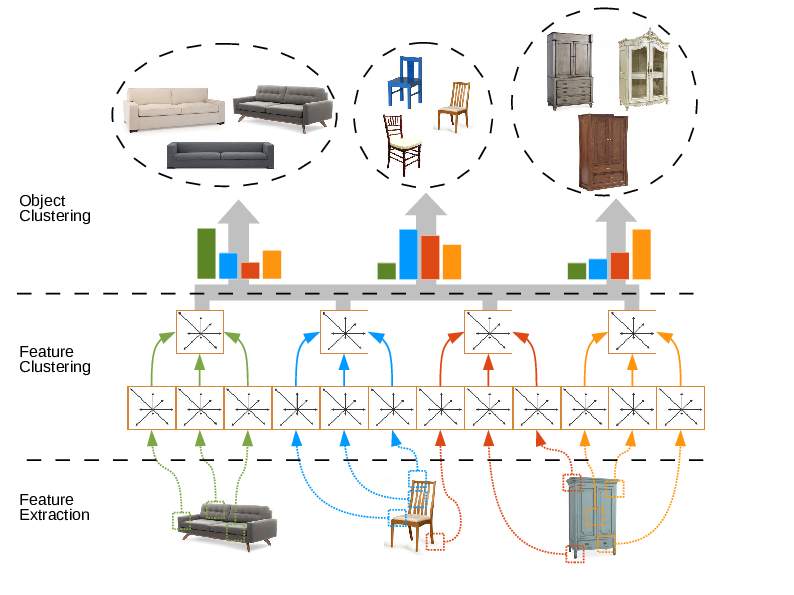
Heitor Medeiros, Felipe Oliveira, Hansenclever Bassani, Aluizio Araujo
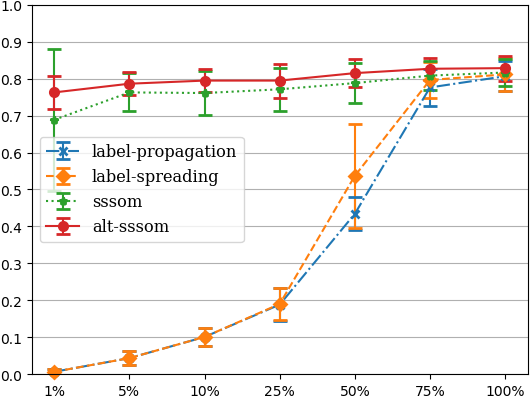
Pedro Braga, Hansenclever Bassani
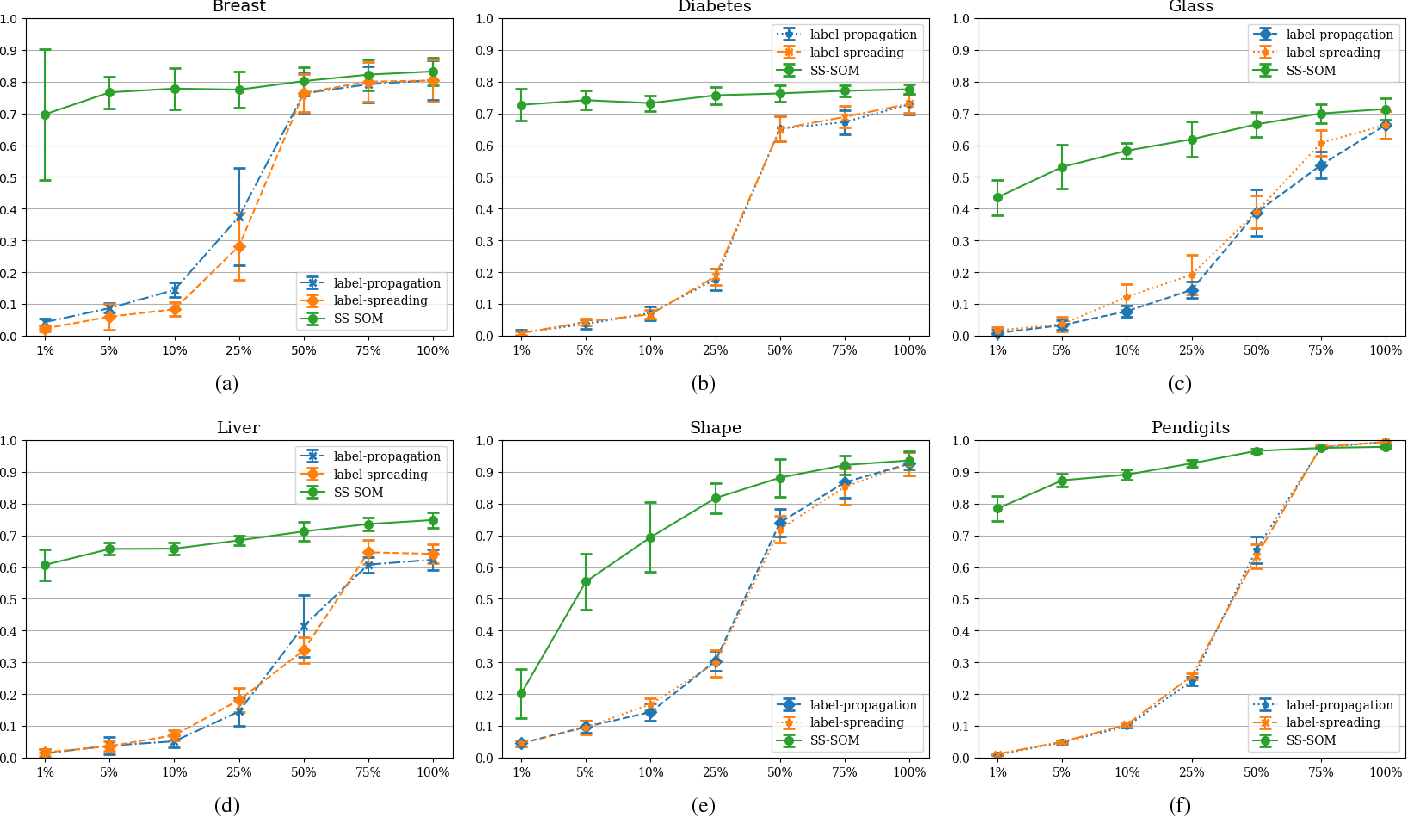
Pedro Braga, Hansenclever Bassani
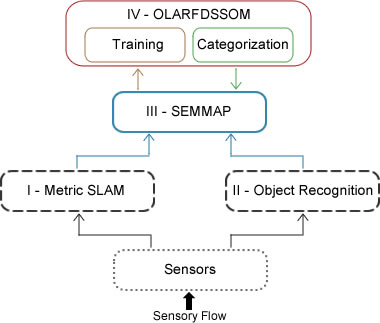
Ygor C. N. Sousa, Hansenclever Bassani
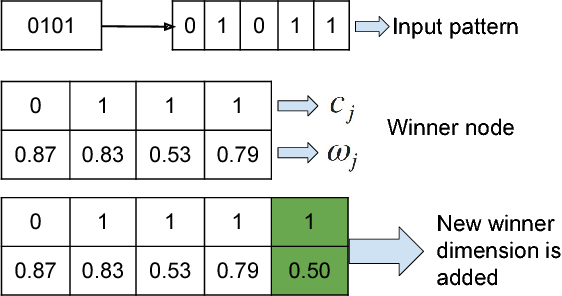
Raphael C. Brito, Hansenclever Bassani
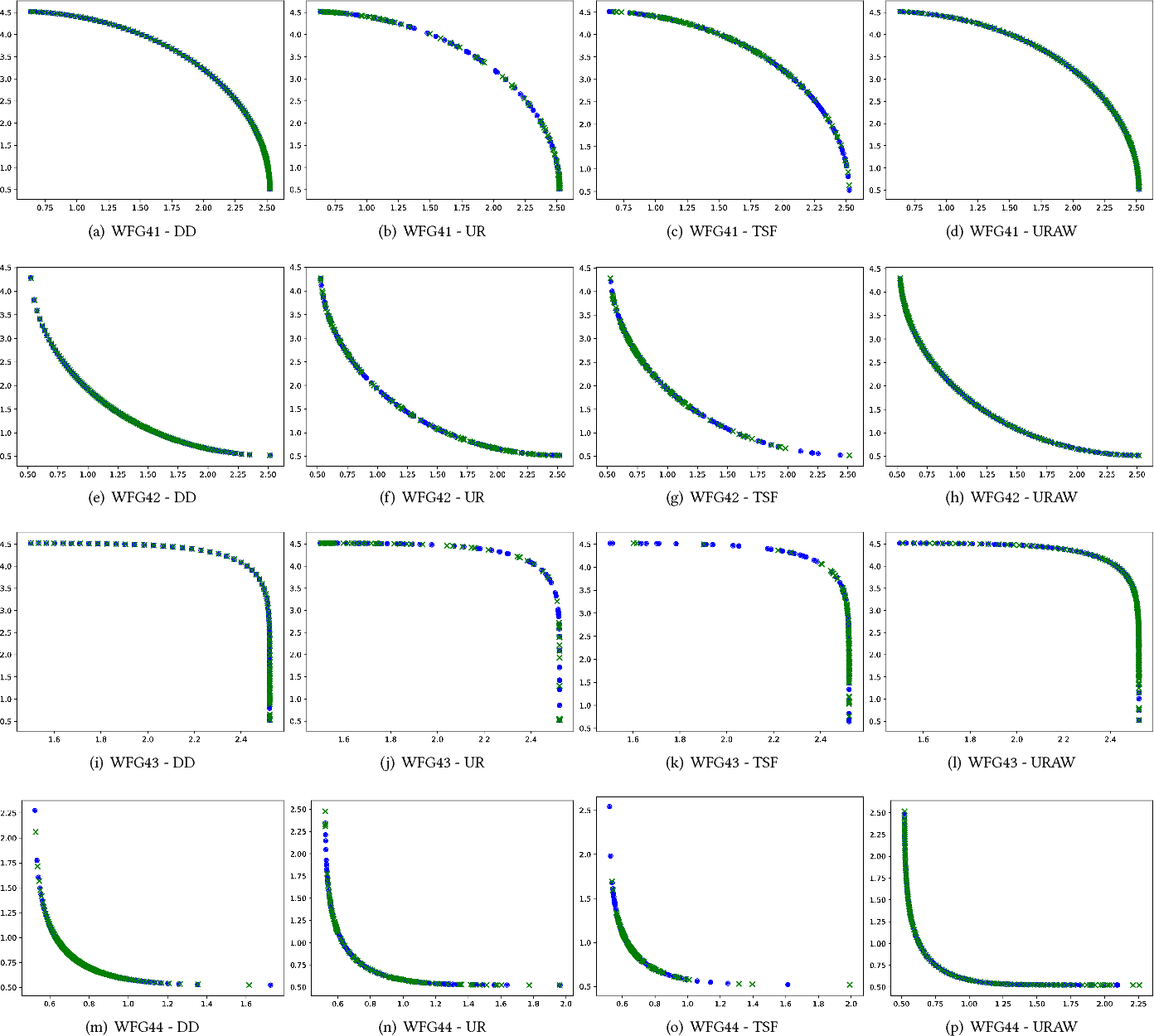
Lucas R. C. de Farias, Pedro Braga, Hansenclever Bassani, Aluizio Araujo
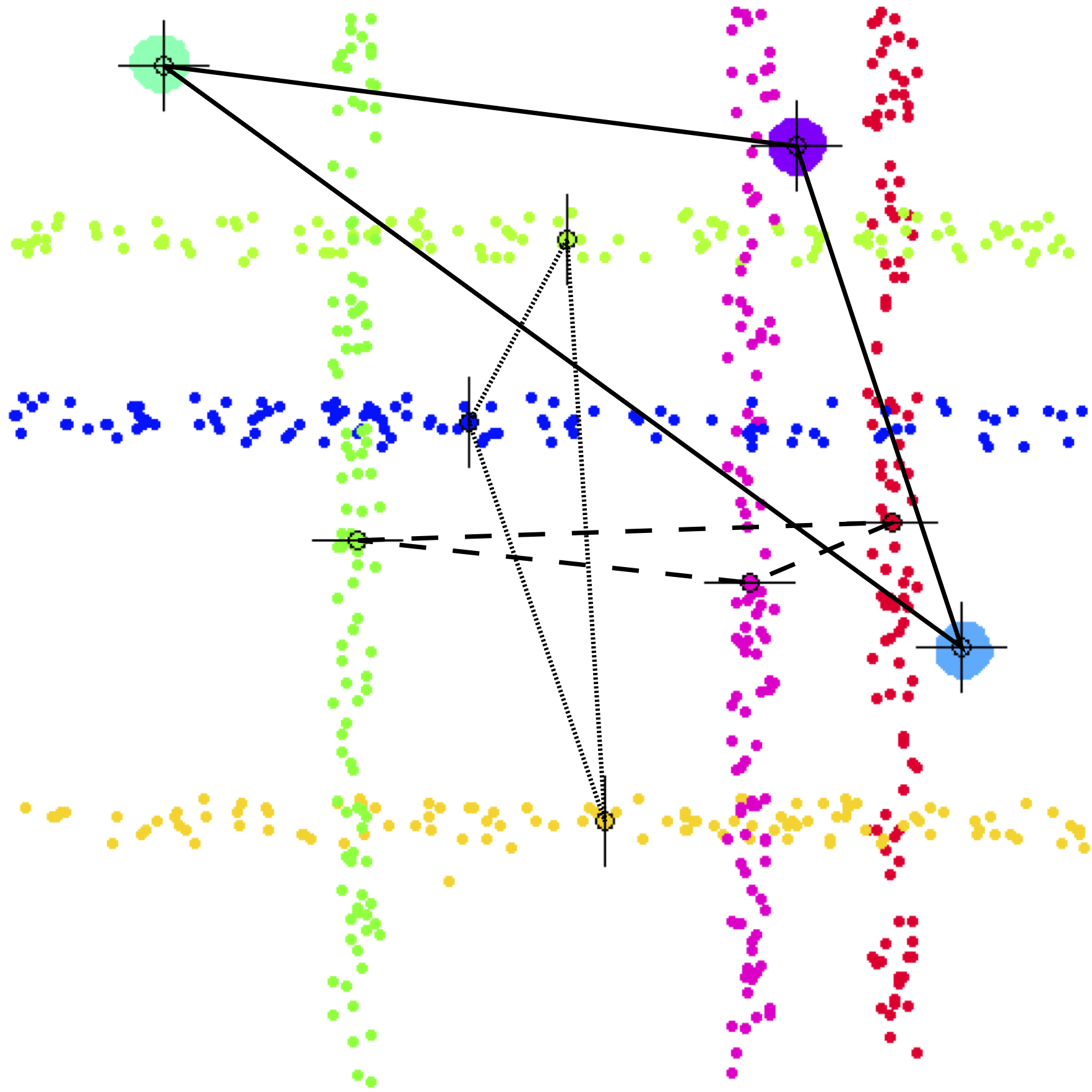
Hansenclever Bassani, Aluizio Araujo
